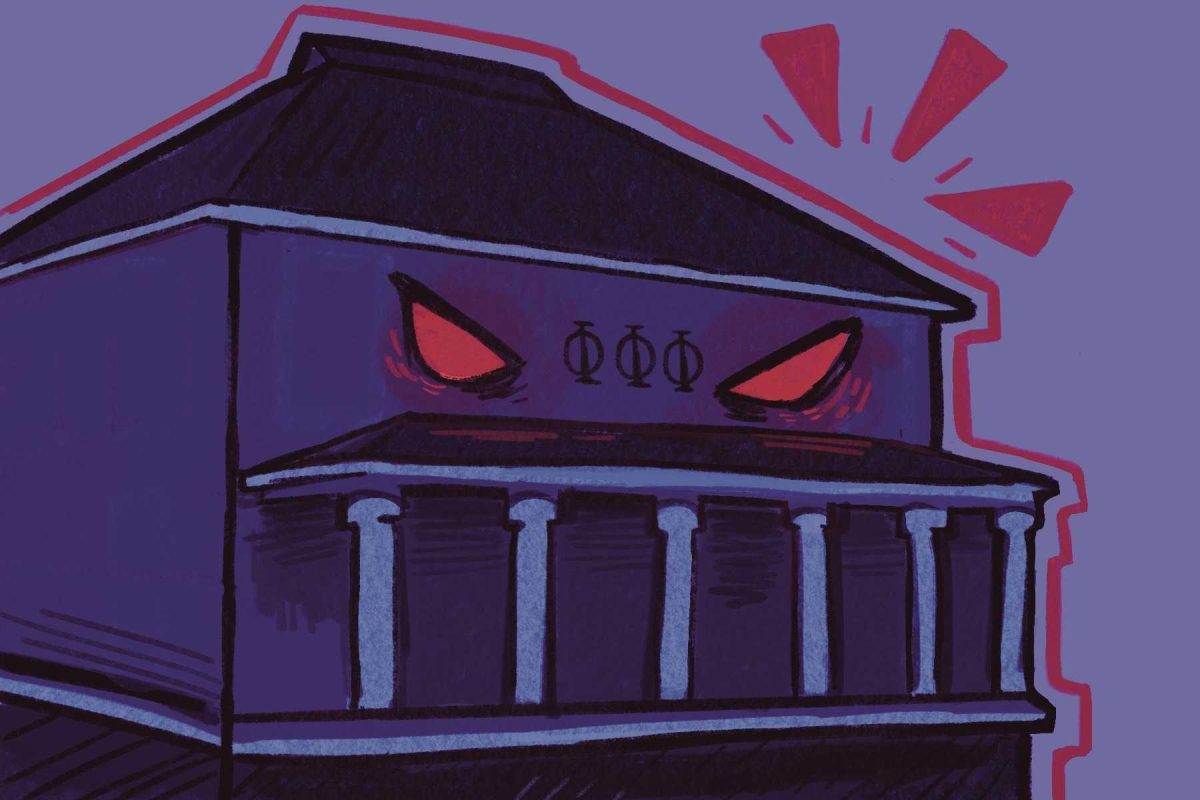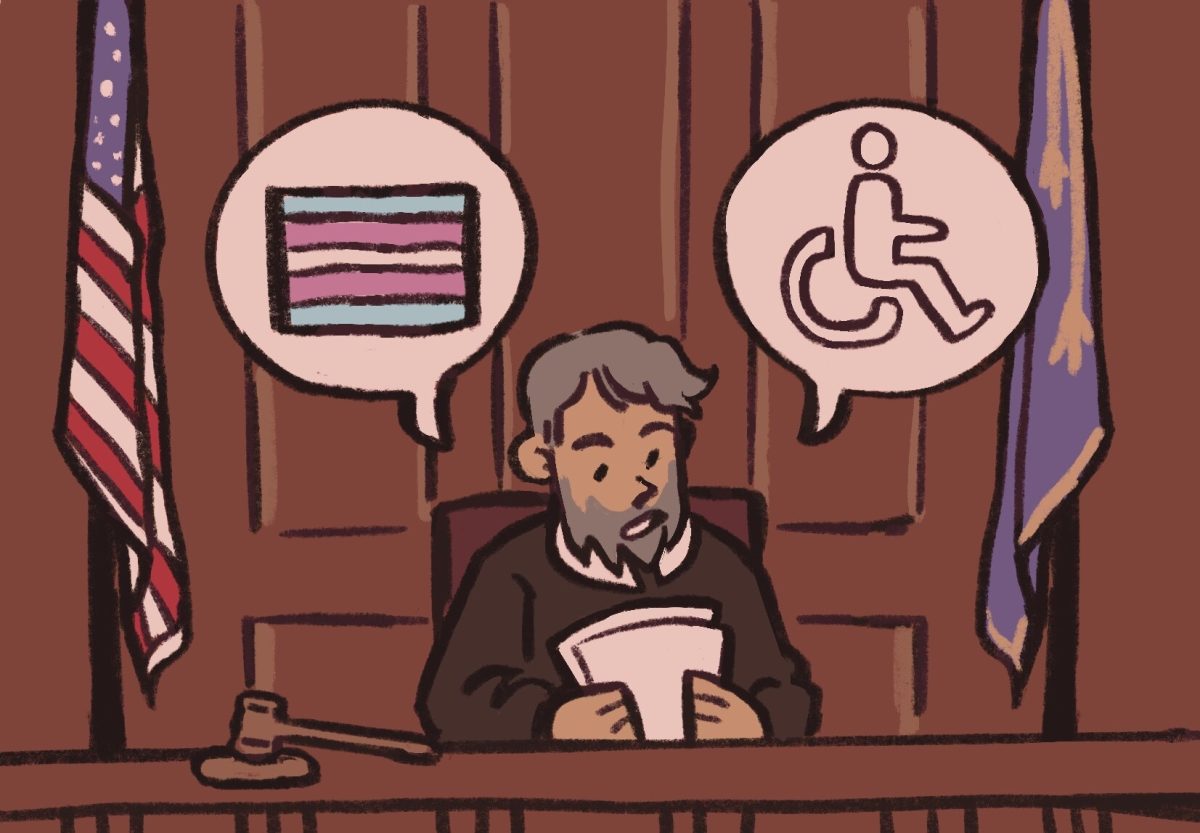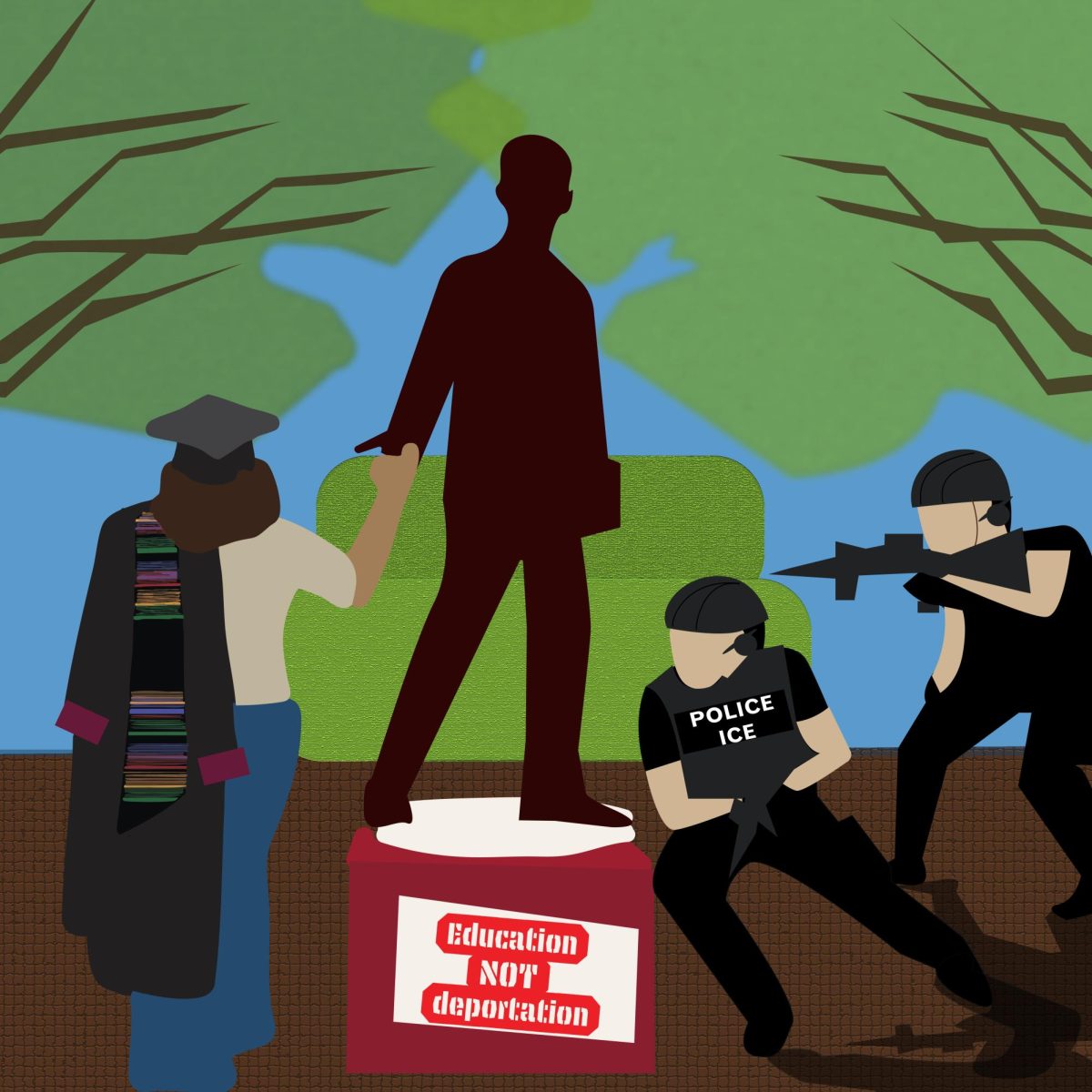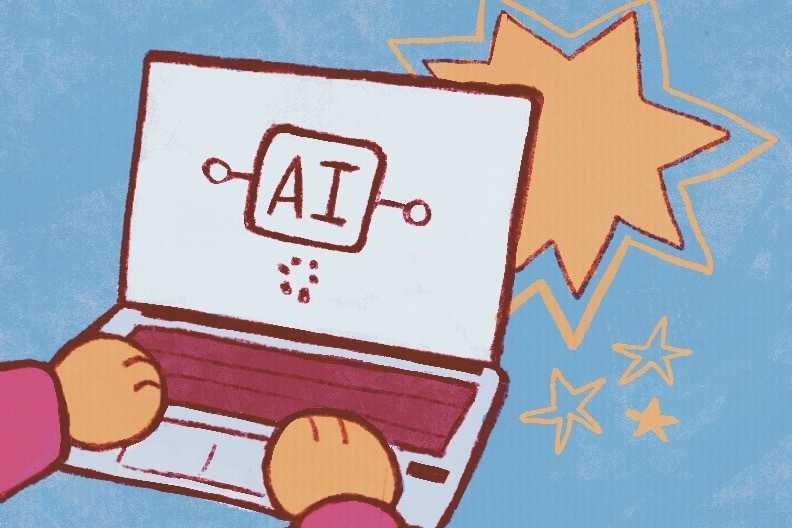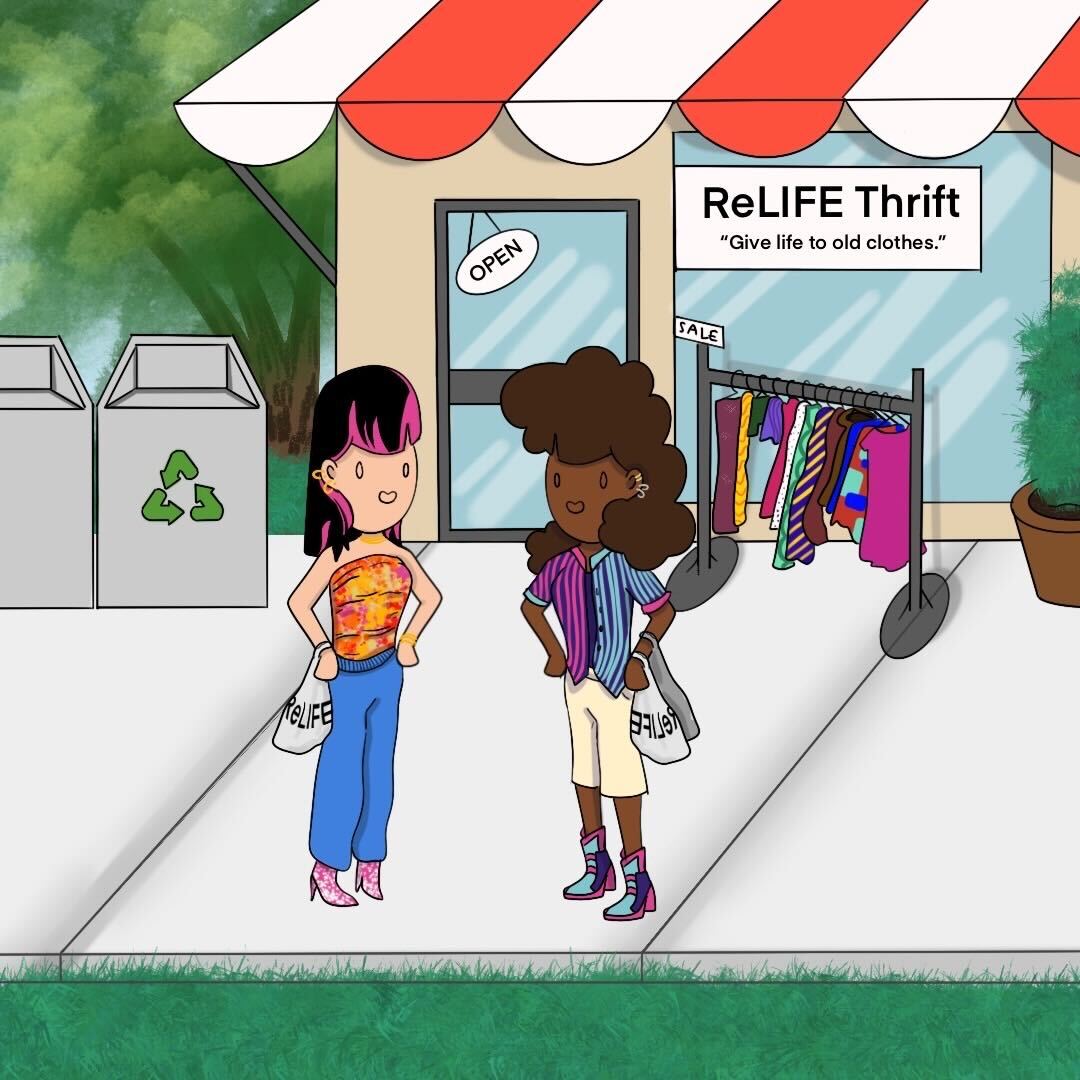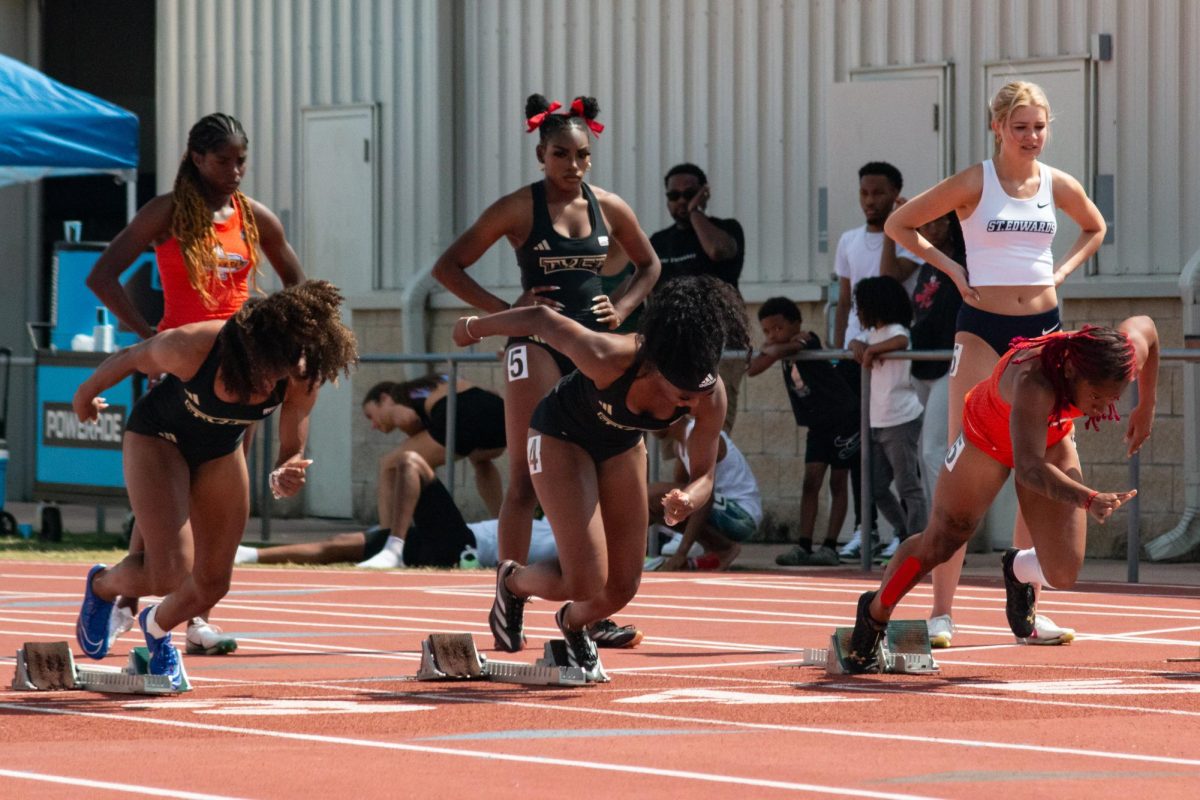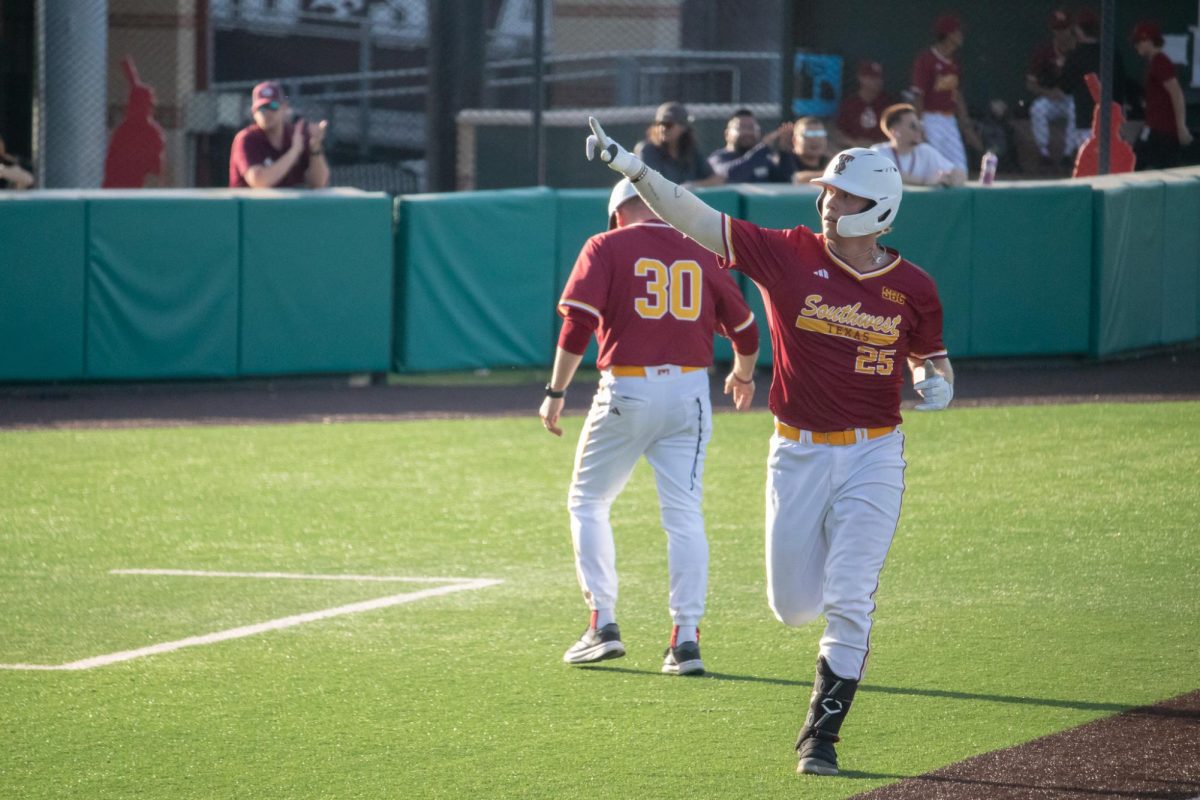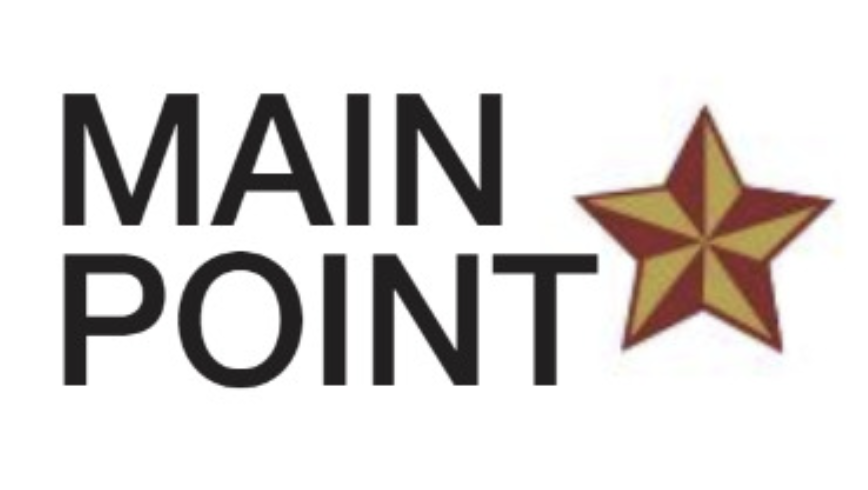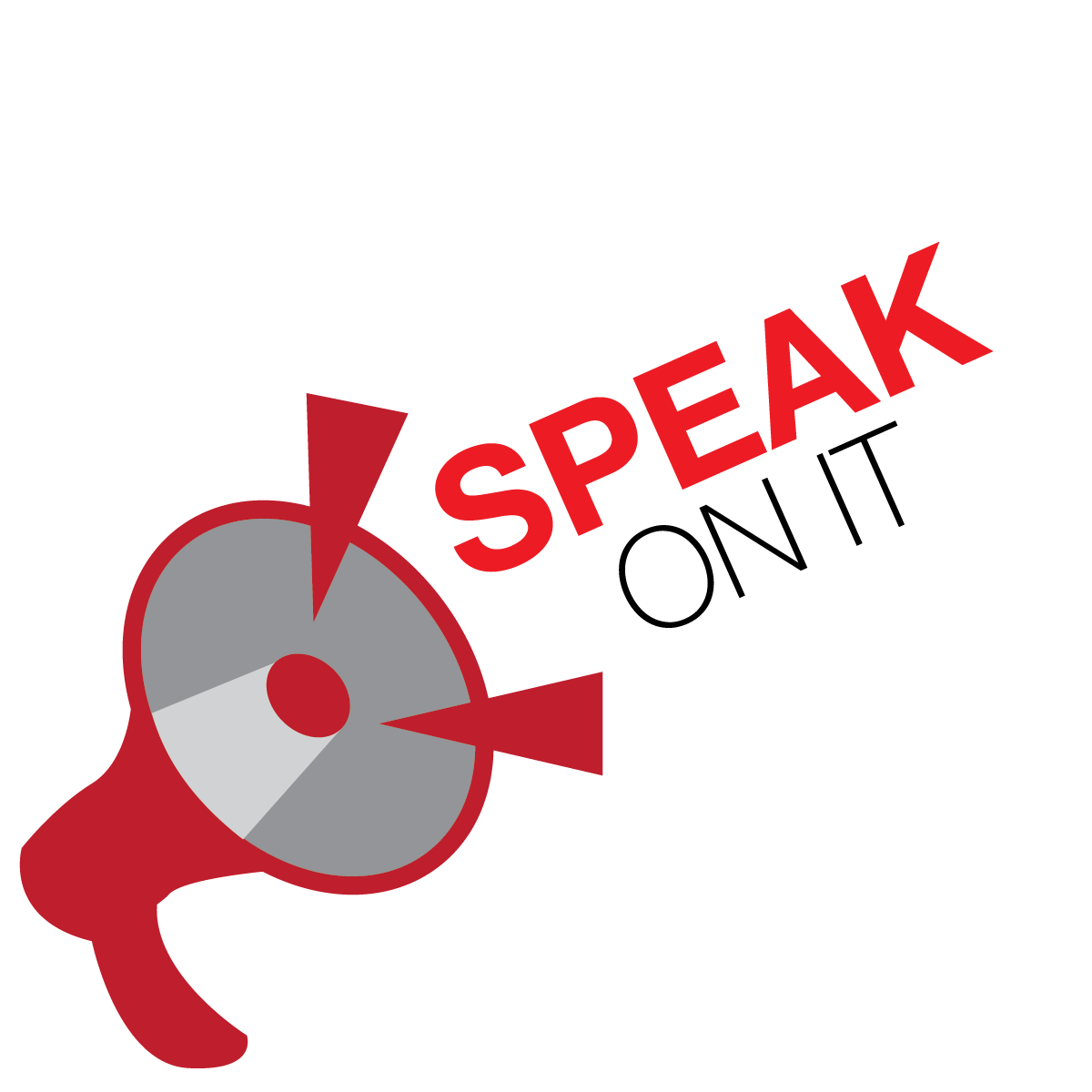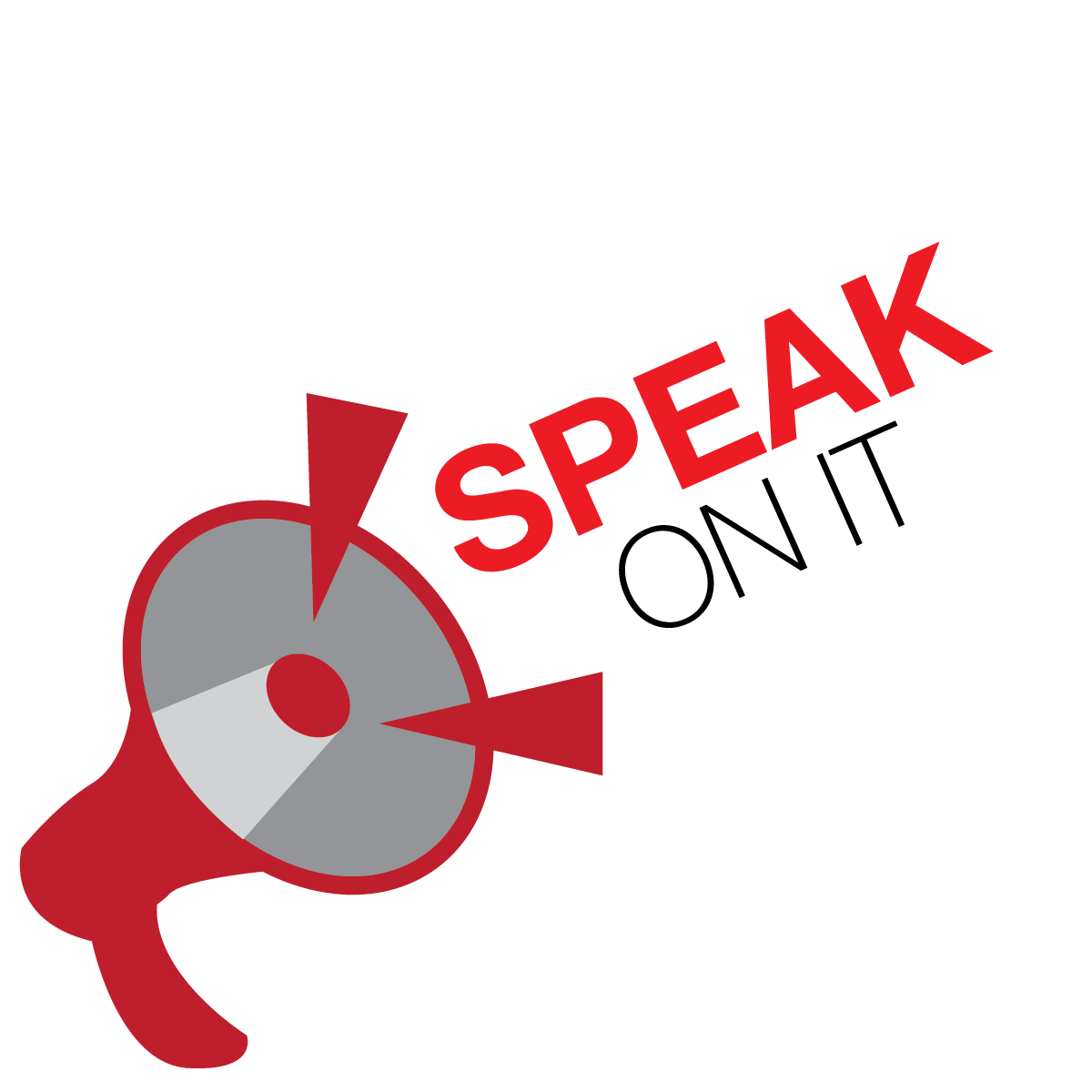Over the last decade, Hays County has experienced significant growth. With a population increase of roughly 21% according to the 2020 census. It is now one of the fastest-growing regions in Texas.
However, this growth leads to rising housing costs and traffic congestion. Students can play a pivotal role in helping address these challenges and ensure San Marcos remains a welcoming and sustainable city.
“Texas State University strengthens the local community by driving economic growth, supporting businesses and creating opportunities for residents,” Page Michel, president of the San Marcos Chamber of Commerce, said.
According to a 2021 study conducted by William T. Chittenden, former presidential fellow at Texas State, the university had an economic impact of over $2 billion on the state of Texas, creating nearly 16,000 jobs. These numbers are more than just statistics, they represent real sustained growth and development for the community.
Hays County has seen explosive economic growth in recent years. With a 2023 GDP of approximately $10.14 billion, the county ranks 30th in Texas for economic output.
While this impacts some residents positively, many also notice growing pains. An influx of students, faculty, staff and visitors, compounded by yearly record-breaking enrollment figures, can affect local residents negatively. This is particularly felt in the housing market.
The city is working to respond to housing affordability challenges, according to the San Marcos City Council. The city’s Strategic Housing Action Plan aims to tackle affordability; however, it has yet to be adopted by the council.
At the same time, increased traffic has made commutes more frustrating, with roads struggling to accommodate the rising population. Due to the historic nature of the city’s downtown, expanding existing infrastructure is challenging, making alternative transportation solutions even more critical.
“I would love to see students and residents rely less on single-vehicle transit and more on carpooling and public transport,” Michel said.
Texas State University is also taking active steps to address these issues. The university’s Core-4 Initiative, a collaborative project between Texas State, The city of San Marcos and community stakeholders, focuses on improving housing, workforce development, transportation and sustainability. This initiative can help ensure the growth of the university and the city benefits all residents.
The expansion of Texas State has also contributed to changes in San Marcos’ demographics. New student apartment complexes are replacing older, more affordable housing, pushing rent higher and altering the city’s cultural identity.
To balance growth and affordability, the city and university must invest in mixed-income housing, strengthen tenant protections and support local businesses. Encouraging student engagement with the community can also help preserve San Marcos’ cultural identity while ensuring sustainable, inclusive development.
Students at Texas State have a unique opportunity to be part of the solution. By getting involved in local initiatives, supporting local businesses and applying pressure on the city council to adopt additional steps, students can help bridge the gap between the university’s expansion and the needs of long-term residents.
“We would love for every student to have a permanent home here, analyze gaps and leakages in the local economy and allow our local community to thrive,” Michel said.
Additionally, students can advocate for policies that ensure San Marcos remains a place where both students and families can thrive. Actively participating in community actions will allow students to play a critical role in shaping the future of San Marcos.
“The involvement of students is crucial in ensuring the continued success of both Texas State and the community of San Marcos,” Michel said. “We need the energy and ideas of the next generation to make San Marcos a place where everyone can thrive.”





